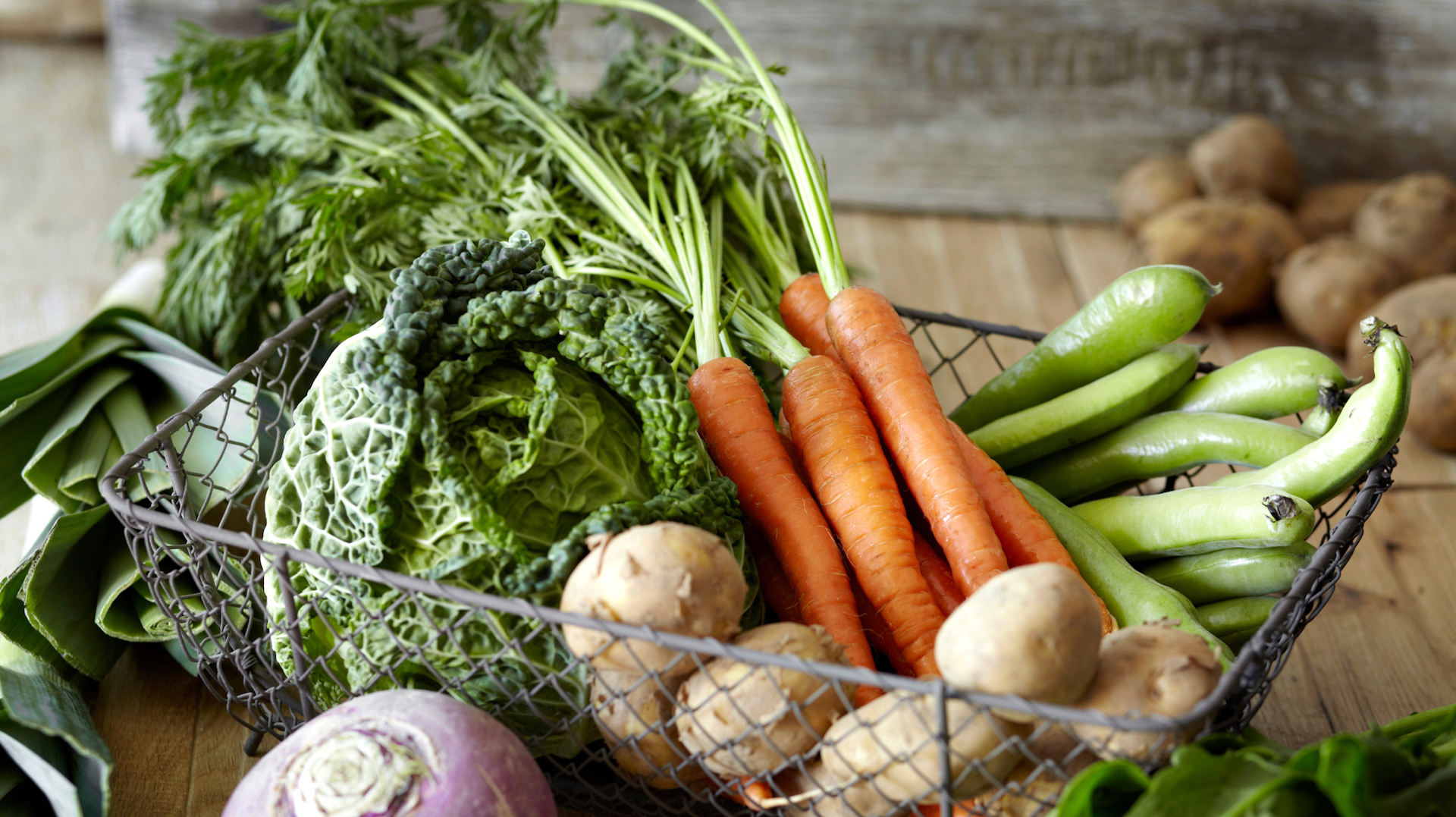Gardening isn’t merely about enhancing the aesthetic appeal of your exterior space. It’s not difficult to see how gardening can have a positive impact on both your physical and mental health. Hauling mulch bags, wrestling with stubborn seeds, raking leaves, and digging holes are all great ways to burn calories and improve muscle tone, strength and bring in a sense of happiness. Considering these factors, here are a few tips on how you can build your own wellness garden.
1) Functionality
Ensuring your garden design is functional is a crucial step that impacts almost all parts in a garden, including its element of wellness. For instance, If you want to sit in your garden and enjoy the early morning sun or feel the soft lawn under your feet, assessing your garden’s functionality in terms of space and according to your personal needs is mandatory. If you prefer a protected and sheltered space in the backyard, then you may need to look for some materials to construct a private and safe area. The right plant selection can also contribute to a sense of wellness. The key here is to understand the functions of the plant and how they can help transform the area for your comfort. For example, some plants are useful to control noise and odor, while others aid in blocking unwanted access or space. These factors can help determine what kind of arrangement or furniture you need to maximize your garden’s functionality and appreciate the peace and solace it gives!

2) Reduce the Use of Chemicals
Excessive use of chemicals in gardens does not only negatively affect the environment but can also have detrimental effects on human health. Pesticides kill harmful insects and beneficial ones like soil microorganisms and some worms that help lessen the presence of pests as well! Consequently, the soil becomes futile, and plants are weakened due to a lack of nutrients. As for humans, exposure to garden chemicals and pesticides may cause respiratory problems, allergies, skin irritations, and other illnesses and diseases. If you want your garden to be healing, it should not have plants infected with toxic products. Although pesticides are efficient at killing pests, it’s not worth it to use and put your health at stake! Besides, there are natural ways available to control pests.
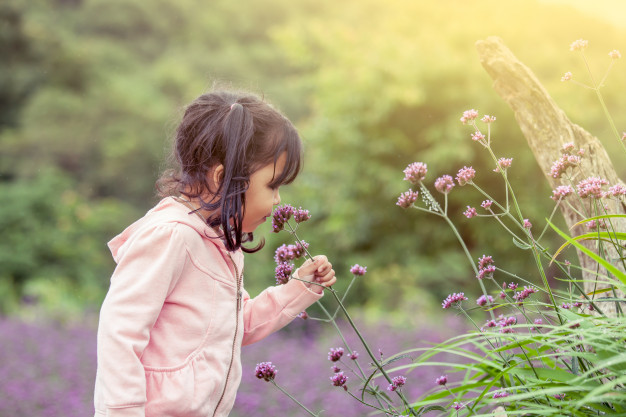
3) Avoid a Cluttered Garden
Having a cluttered garden can prevent you from enjoying its various benefits. Building your own wellness garden is a way to try and escape from the hectic modern world and appreciate the tranquility of nature. A low maintenance garden can be well designed and meet your needs at the same time. For instance, it can help you clear your mind and provide a sense of calm and freshness after an exhausting day at work. Additionally, a garden that is easy to look after is ideal if you’re busy with kids or other chores and have limited time to manage the area.
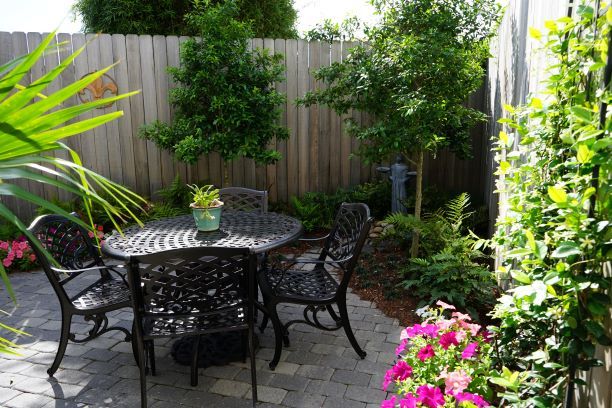
4) Conserve Water
You can lower your water consumption and still have an amazing and productive garden. Moreover, the cost of this essential resource is continually rising. We can all help preserve water by rethinking our inefficient watering practices. One way to do this is to have drought-tolerant plants since they can grow and thrive even with minimal watering or rainfall. Moreover, these plants do not require any high-maintenance. Even better, they are also pest-resistant and disease-free! You won’t have to spend a lot of time fertilizing, pruning, and caring for them in general. Make it easier on yourself, bring in some drought-resistant plants, and lower your water bill at the same time!
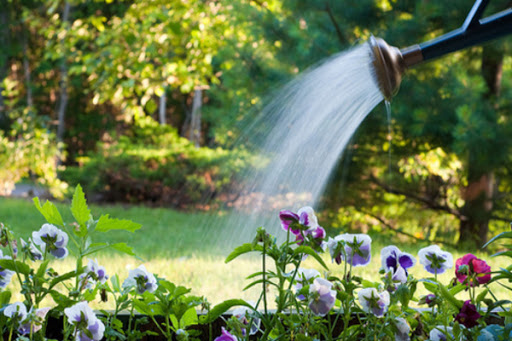
5) Consider Your Budget
If you randomly go to the home improvement store and pick up whatever you think looks good, two results are likely to happen; waste a lot of money and ruin your garden space and design unnecessarily. To avoid this, recycled garden art and other materials can be used to keep costs down. They never fail to transform into wonderful creations! For instance, a vintage sink can make a stylish and unique planter. Another vintage material you may use is an old wooden barrel as a planter. The combination of vibrant flowers in this rustic decoration piece will beautifully enhance your garden!
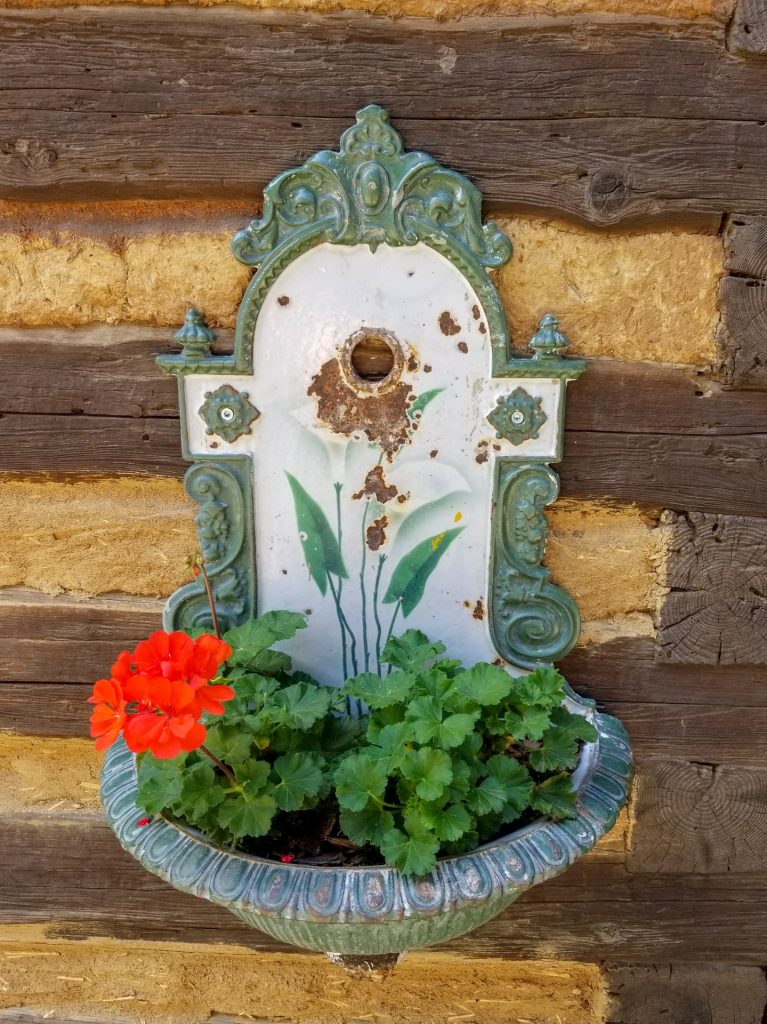
6) Healing Plants
A wellness garden is incomplete without having some plants contributing to the purpose of a healing space. There are several plants such as peppermint, rosemary, aloe vera, chamomile, and others that can help with minor ailments and everyday self-care. Consider visiting your local garden center to find some!
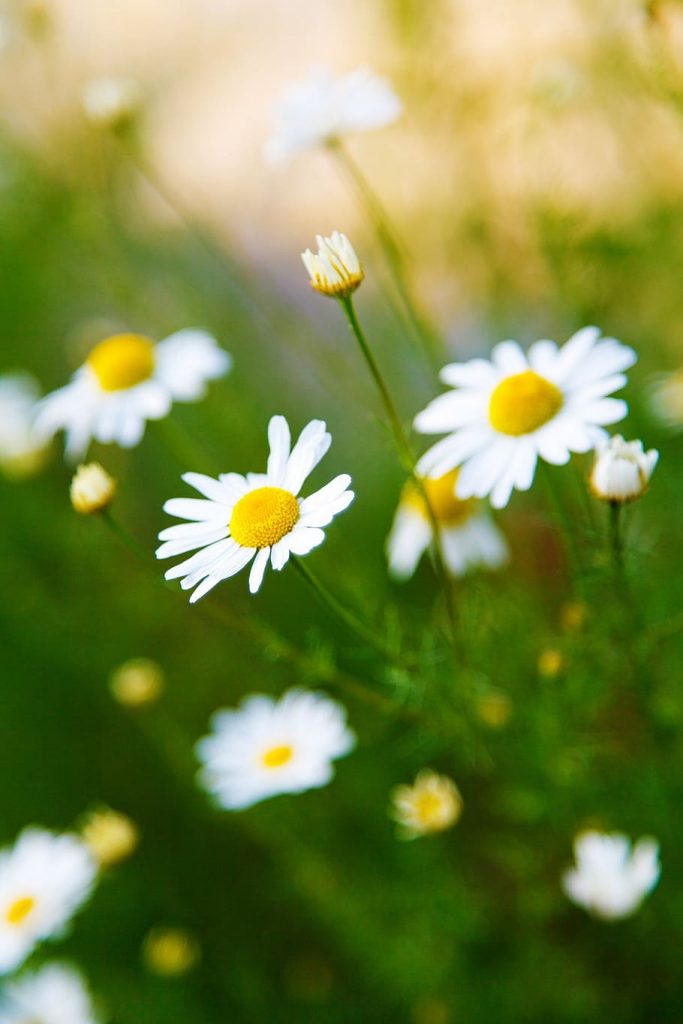
A wellness garden can significantly help in having a healthy, joyful, and balanced life. Try to have 30 minutes of gardening 3 times a week and see how it’ll lift your mood and soothe your soul!


